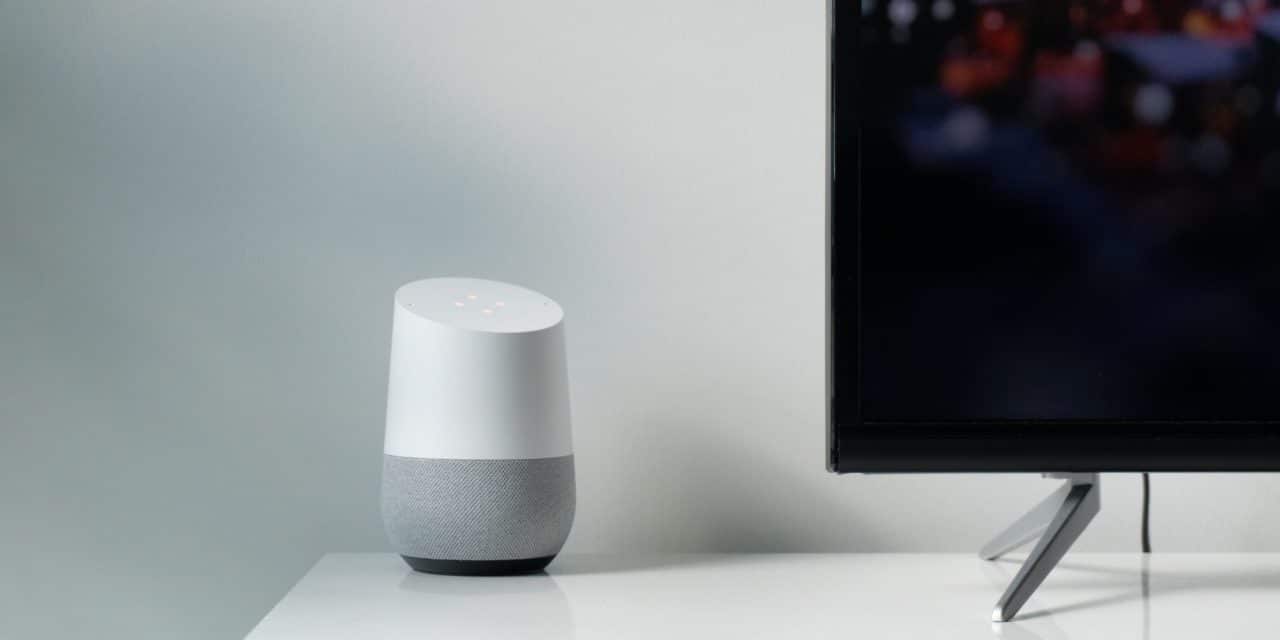[ad_1]
Smart Home devices are still a relatively new form of tech, but the market is now being flooded as the demand for Smart Home products is increasing at an exponential rate. While many such products are innovative and of high quality, many are lagging behind their competitors. While the actual “smart” device may be well designed and manufactured, the accompanying web or mobile apps are often severely lacking in several key areas. This negatively impacts the end-user experience and can be the deciding factor between a product's success or failure.
Smart Home devices range from light switches, thermostats, security systems and even fully functioning robots. Smart technology is being implemented pretty much everywhere in the home right now, and this trend shows no sign of slowing. While the diversity of Smart Home products varies quite considerably, a key factor in its overall success must be “usability”. In a highly-competitive market place, any product that is not intuitive to use, the customer will simply switch to a competitor's product… fact!
Traditional usability testing will be isolated to a specific web app or mobile app. However, with smart home devices, usability testing must encompass the entire product, i.e. the device itself and its accompanying apps. For smart home devices that have been usability tested to a high level, this will result in the user having a positive experience while using the product.
A good QA company will evaluate a smart home device and its associated web or mobile apps along with any supporting documentation. From there, appropriate test approaches and methodologies can be defined and documented into a formal test plan. An optional suite of test cases will then often be designed. Many usability issues are often seen during the on boarding process. As this is the area that is used to typically set-up a new smart home device, it is of paramount importance that the user has a positive experience here.
By methodically working through not only the on-boarding, but all end-user workflows, user scenarios, supporting help/documentation etc. the testing can discover all usability issues which can be clearly documented for all product stakeholders to evaluate. The development team can then work with the usability defect reports to resolve the issues. Usability testing should ideally be performed before the product is launched, however as most smart home devices and their associated apps can be upgraded with new firmware/software updates, usability testing can also be highly effective after the product's initial launch.
[ad_2]
Source by Jon Siswick-Clark

